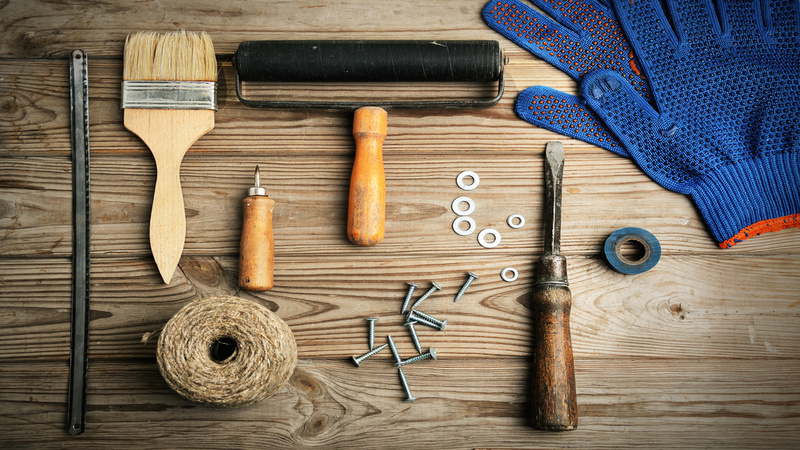When winter temperatures plunge, frozen pipes quickly become a homeowner’s nightmare, causing inconvenience and potentially expensive damage. Fortunately, there are effective ways to safeguard your plumbing against the cold. Many homeowners searching for smart winter solutions discover that Heat Cables offer a reliable method to prevent pipes from freezing, ensuring peace of mind throughout the harshest months.
How Do Heat Cables Work?
Heat cables are specially designed electrical wires that generate warmth when plugged in. They are installed along the length of pipes most vulnerable to freezing, such as those in unheated basements, crawl spaces, garages, or exterior walls. By maintaining a consistent temperature, these cables prevent the water inside pipes from reaching freezing point, thus averting bursts and leaks.
Most heat cables come with built-in thermostats or sensors that activate only when temperatures drop to a certain level. This smart feature not only protects your pipes but also helps conserve energy. Installation is straightforward for many homeowners, but professional assistance can ensure optimal placement and safety.
Benefits of Using Heat Cables for Winter Protection
Protecting your plumbing system is a critical part of winter home maintenance. Here are some key benefits of using heat cables:
• Prevents Costly Damage: Frozen pipes can burst, leading to water damage and expensive repairs. Heat cables offer proactive protection.
• Energy-Efficient: Many modern cables only operate when necessary, minimizing energy consumption compared to leaving the heat on throughout your home.
• Versatility: Suitable for various pipe materials and lengths, making them adaptable to most residential plumbing setups.
• Peace of Mind: Knowing your pipes are protected allows you to enjoy winter without worrying about unexpected plumbing emergencies.
Installation Tips for Optimal Results
For those considering heat cables as a solution, proper installation is crucial. Follow these guidelines to maximize effectiveness:
1. Identify Vulnerable Pipes: Focus on exposed pipes in unheated areas, outdoor faucets, and pipes running along exterior walls.
2. Read Instructions Carefully: Each product may have specific installation requirements. Adhering to the manufacturer’s guidelines ensures safety and performance.
3. Secure the Cable Properly: Use the recommended fasteners, avoiding metal straps that can cause shorts.
4. Insulate After Installation: Adding pipe insulation over the cable and pipe can further enhance freeze protection.
5. Regularly Inspect: Check cables before each winter for signs of wear or damage, ensuring they function when needed most.
If you are unsure about the installation process, consulting a qualified professional can ensure that your system operates safely and efficiently.
Additional Smart Winter Home Solutions
While heat cables are highly effective, combining them with other winterization strategies can provide comprehensive protection:
• Seal gaps and cracks around foundation walls to reduce cold air infiltration.
• Keep cabinet doors open in kitchens and bathrooms to allow warm air to circulate pipes.
• Let faucets drip slightly during extreme cold spells to keep water moving.
Stay Ahead of Winter’s Challenges
Investing in smart solutions like heat cables is a proactive way to safeguard your home from the risks of frozen pipes. By understanding how these systems work, recognizing their benefits, and following best installation practices, you can ensure your plumbing remains protected all season long. Combine this approach with additional winterizing steps to create a resilient home ready to withstand the coldest months.

